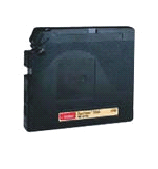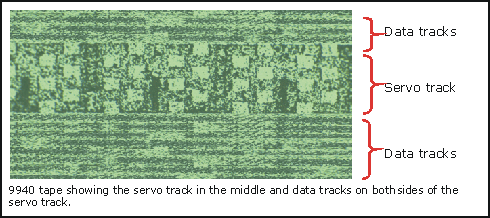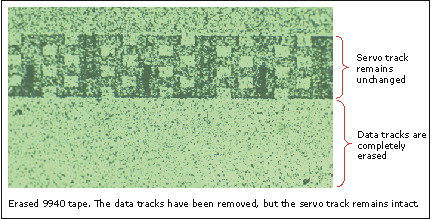|
|
|
|
Erasing 9940 and 9840 Cartridges |
|
Erasing data tapes was fairly simple in the past. Bulk erasers, also known as “degausers”, did a good job of demagnetizing the tapes and erasing all data.
|
|
With newer tapes, such as 9940, 9840, LTO, and others, erasing has become more complicated. There are several reasons for this. As the data density increases, the strength of the erasing magnetic field must also increase. If it is too low, some of the data signals can remain on the tape. Sophisticated recovery houses can still read these remaining data bits and, in some cases, even recover the “erased” data. Conversely, if the erasing magnetic field is too strong it may reduce the quality of the tape. |
 9940 Cartridge 9940 Cartridge |
|
The servo tracks present another problem. All of the above-mentioned tapes contain magnetic reference tracks which are pre-written by the media manufacturer. Without these servo tracks the tape drive cannot function correctly. Bulk erasing a 9940 data cartridge will erase all of the servo tracks, and make the cartridge completely unusable.
|
|
|
Erasing the data tracks, but not the servo tracks |

The goal in erasing tape, therefore, is to eliminate the data, but not the servo tracks. To make the tracks on tape visible, liquids containing tiny magnetic particles can be used as highlighters. A small section of a tape is shown above. The checkered pattern servo track is surrounded by data tracks.
There are several servo tracks on a tape, with the data tracks between the servo tracks. A correctly designed erase head erases all the data tracks but none of the servo tracks.

The custom erase head in the MP-9940 covers the entire width of the tape and has small gaps where the servo tracks are located. All data tracks are erased in a single pass, but the servo tracks are left untouched. The picture below shows a section of an erased tape. After erasure all data tracks have been removed but the servo tracks remain.
|
|
|
Download 9940 Erase White paper Erasing 9940 Cartridges
| |
|

